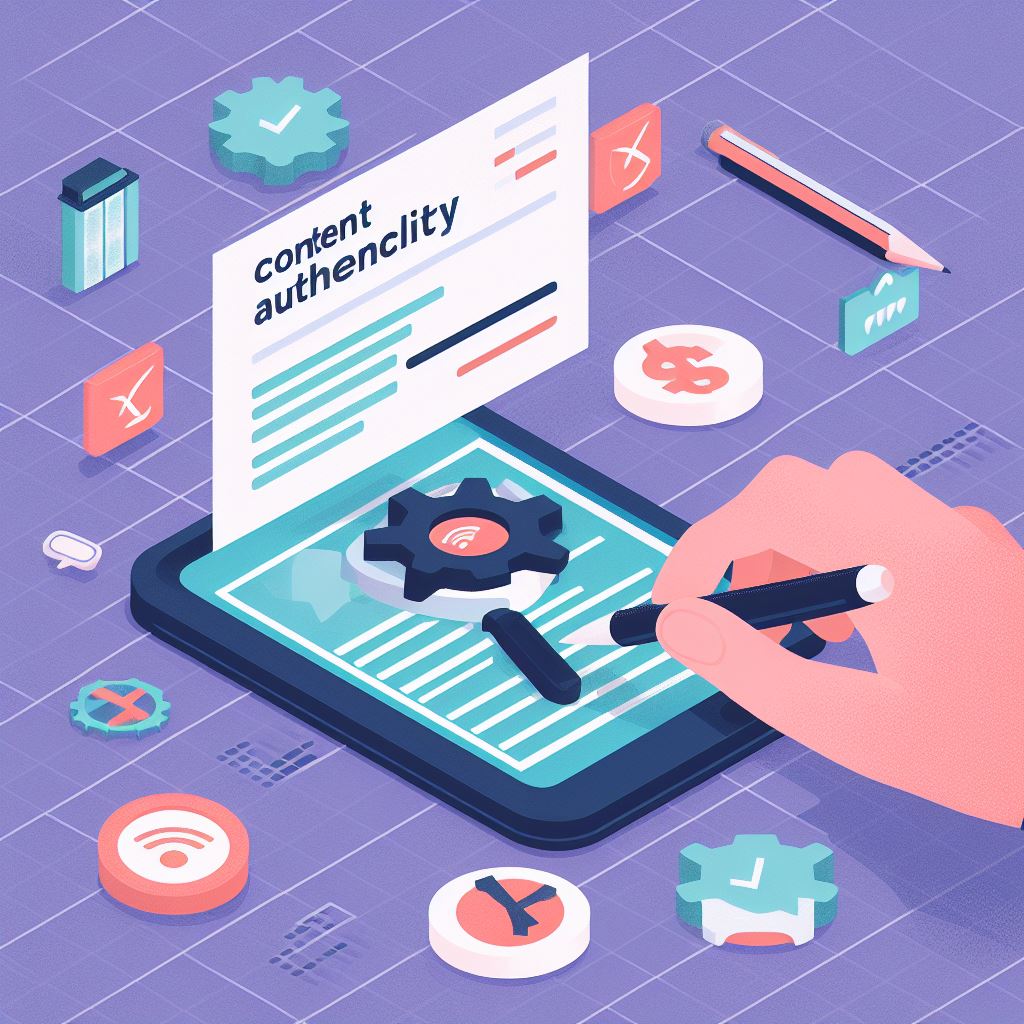
Content Authenticity: Is the Content Plagiarized or Unoriginal?
Introduction
In the digital age, content is often considered the lifeblood of online businesses and websites. However, not all content is created equal. As the internet becomes increasingly saturated, the importance of content authenticity has never been more paramount. This article explores the critical issue of verifying content authenticity, the risks associated with plagiarized or unoriginal content, and best practices for ensuring your content is both authentic and valuable.
What is Content Authenticity?
Content Authenticity refers to the genuineness of the material published on your website or online platform. This means ensuring that the content is original, not plagiarized, and provides unique value to its intended audience.
Why Content Authenticity Matters
Unoriginal or plagiarized content can severely damage a website’s reputation and credibility. Search engines like Google penalize websites that host copied content, which can lead to lower search rankings and reduced traffic. For businesses, this can translate to lost revenue and decreased consumer trust.
Types of Unauthentic Content
Direct Plagiarism
This is a blatant copy-pasting of someone else’s work without permission or attribution.
Mosaic Plagiarism
This involves taking pieces of someone else’s work and mixing it with your own without proper attribution.
Self-Plagiarism
Reusing your own previously published work in a new context without citing it can also be considered unauthentic.
Spinning
This is the practice of changing a few words or phrases in an existing article and presenting it as original content.
Paraphrasing Without Citation
Although the words are changed, the ideas and structure are copied from another source without proper attribution.
Automated Content Generation
Using software to automatically generate content can result in text that, while technically unique, is often nonsensical or irrelevant, contributing to a lack of authenticity.
Aggregated Content
Compiling content from various sources to create a “new” article without adding any original thought or value can also be considered unauthentic.
Best Practices for Ensuring Content Authenticity
Use Plagiarism Checkers
Tools like Turnitin or Copyscape can scan your content against a vast database of published material to identify any duplications.
Verify Sources
If using external sources, make sure they are credible and remember to provide proper attribution.
Create Original Content
Invest in creating unique and valuable content that serves the needs and interests of your target audience.
Regular Audits
Conduct regular content audits to identify any potential issues with plagiarism or originality.
Conclusion
In a world where content drives digital experiences, ensuring its authenticity is not just a best practice but a necessity.
Plagiarized or unoriginal content can have far-reaching implications, from SEO penalties to legal repercussions. As such, taking steps to verify the authenticity of your content should be an integral part of your online strategy.